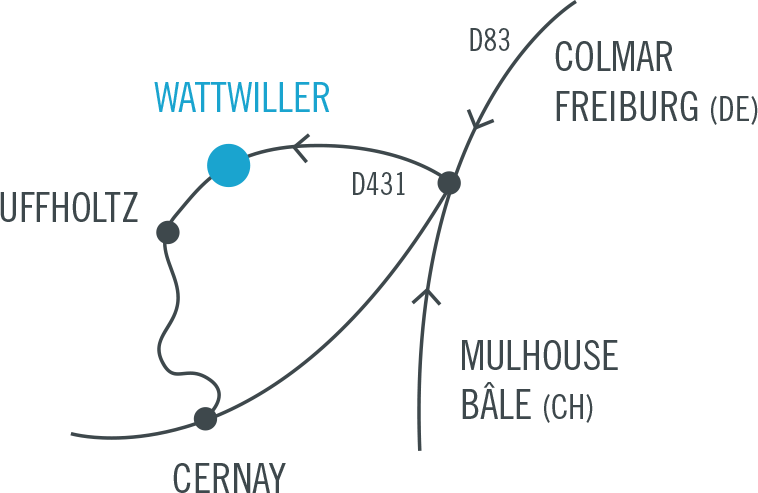The body of works entitled Les Cristallisations emerged from a unique process that the artist developed by subverting the lost-wax technique. The process evokes a cremation ritual in which matter transcends itself. The artist’s method begins with the selection and painstaking collection of different dead animals. They are covered in a heatproof material in order to preserve their structure in the mould, before being placed in the glass kiln. There, they undergo a firing process with a duration calculated according to their size, which can vary from a few days to several weeks. During this process, the organic bodies slowly burn away, leaving behind only ash and some final bony residues. At this point, at a high temperature, the crystal glass liquefies and fills the spaces vacated by the flesh that has recently disappeared, fixing the memory of the bodies into its substance. Through this alchemy of destruction and preservation, the artist enables bodies that were destined to rot and disappear to achieve a sort of eternal existence. The imprint of their scales, their feathers or the rough texture of their shells remains frozen in the glass crystal, giving each piece its absolutely unique character.
Les abris documentaires – aquatilis (documentary refuges – aquatilis) reconstructs the methodical atmosphere of archiving. The installation uses steel and chipboard shelving to present boxes made of recycled cardboard, which evoke the containers used to preserve specimens. Inside each of the boxes, lies the crystallisation of a sea creature. Certain boxes remain closed and invite us to daydream, whereas others are open, offering up their precious contents to the visitor’s gaze. These sea creatures – fish, sea spiders, sea urchins, crab pincers – embody the anachronism of their existence. Once alive in a liquid environment, they were transformed; they became liquid themselves, as molten material during their firing. Finally, the immortalised memory of their bodies lies at rest in brilliant crystal.
